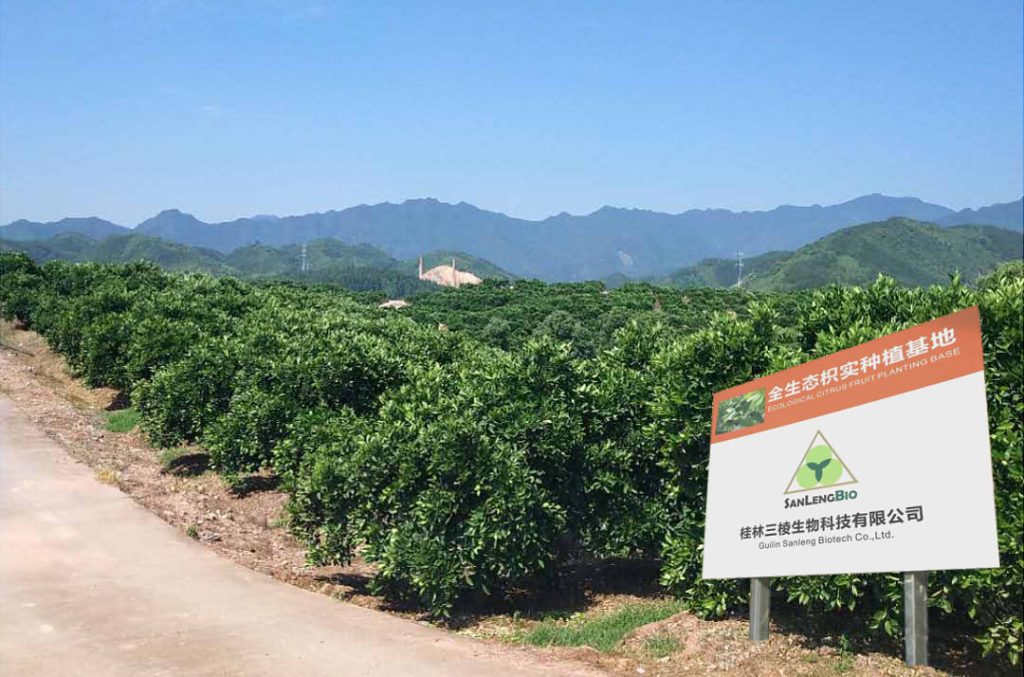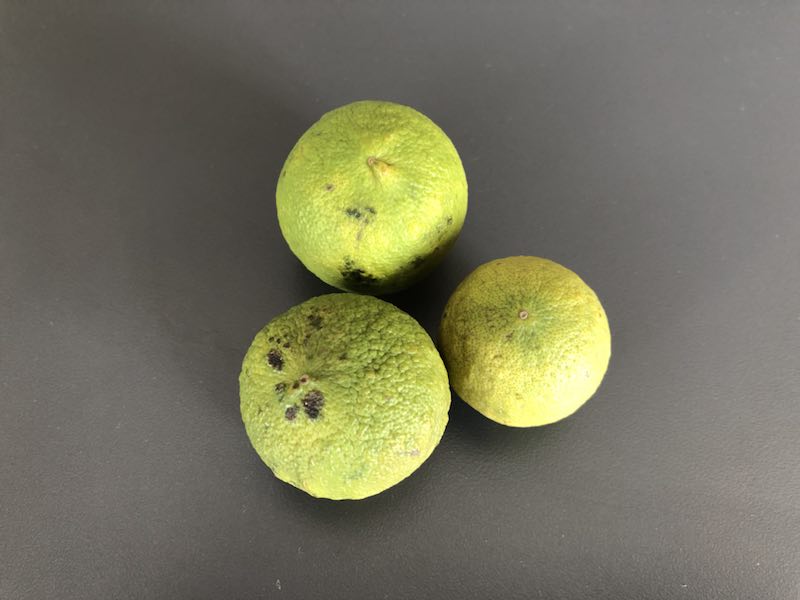Results of research on ursolic acid bioavailability

On March 15th, SanlengBio released that the company together with domestic well-known institutions had achieved significant research results on bioavailability of the Ursolic Acid study recently, thus expanding the transformation of scientific research achievements of Ursolic Acid, as well as the application value of product commercial field.
Antibiotic use tendency in animal feed is gradually reduced in the world. It can be realized by depending on extractive of pure natural persimmon leaves!

Nowadays, quantity demanded of meat is extremely considerable. Animals of artificial feeding occupy the high proportion. When it comes to feeding, we have to mention animal feed. Recently, KFC, McDonald’s and Starbucks or other western catering magnates target at “reducing antibiotic meat”. In the latest statement of Costco official website, it is promised that in the end of 2020, the goal of “comprehensively reducing meat antibiotics” will be achieved. One of the reasons that meat contains antibiotics is that animal feed adds antibiotics.
Dr. Li Yuanchao of Shanghai Institute of Materia Medica, Chinese Academy of Sciences Visited Guilin SanLengBio and Promoted Triptolide Cooperation Project

On January 23, 2018, Dr. Li Yuanchao of Shanghai Institute of Materia Medica, Chinese Academy of Sciences and his party visited Guilin SanLengBio to discuss and promote the triptolide cooperation project.
Dr. Li has been working in Shanghai Institute of Materia Medica since 1991 and has served as the team leader, researcher, and doctoral supervisor of the research group.
Guilin SanLengBio Innovate Bitter Orange Neohesperidin Production Process

Guilin SanLengBio has been innovating the traditional extraction of neohesperidin from the bitter orange with its tireless, persevering spirit of exploration and rigorous, pragmatic, strict requirements, bold innovation, and repeated proofs. Guilin SanLengBio has completed the verification of the production process from the raw material bitter orange to the finished product neohesperidin.
Guilin SanLengBio Intends to Acquire 500 tons Bitter Orange Raw Material

Bitter orange is a dried young fruit of Citrus aurantium L. and its cultivars of the Rutaceae family. Young fruits are picked between May and June every year or picks up its young fruit after naturally falling off. The young fruit is dried after the impurities are removed or treated with low-temperature drying. Bitter orange is the main raw material for the production of neohesperidin and naringin. During the new period of bitter orange production, Xiaobing Tang, the chairman of Guilin SanLengBio and Wude Mao, general manager, went to Xingan County of Jiangxi Province Yichang City of Hubei Province, Yiyang City of Hunan Province and Nanjing County of Fujian Province, etc to inspect and purchase raw materials.
The Comprehensive Recycling Utilization of Waste Residue after Extraction of Monk Fruit, Bitter Orange, Rosemary and Other Natural Botanicals by Guilin SanLengBio

In order to improve the efficient use and recycling of plant resources and truly achieve a good ecological closed loop circle, Guilin SanLengBio is committed to advocating the “Green Ecological Circular Economy Model”.

